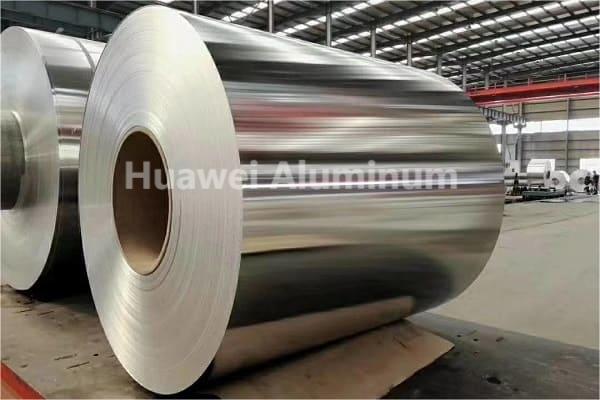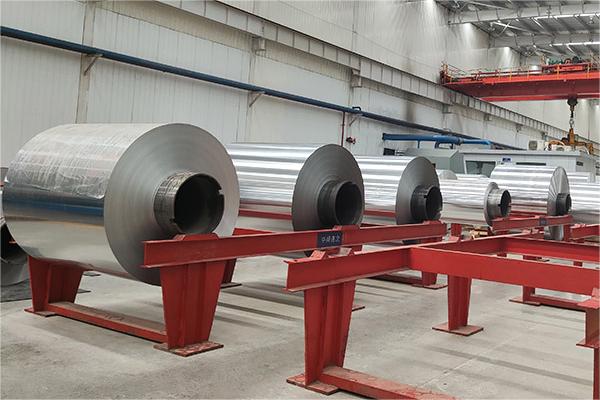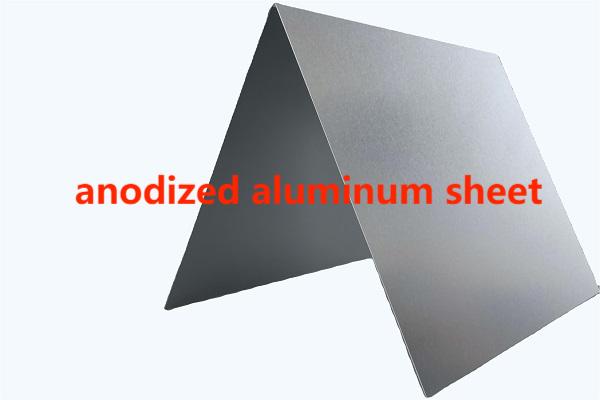What is melting point?
Melting point is the temperature at which a substance changes from solid to liquid at standard atmospheric pressure. When a substance is heated to its melting point, it changes from an ordered solid structure to a disordered liquid structure. The melting point is a fixed tem perature, Usually a specific value for pure substances. However, for complex mixtures or alloys, such as aluminum alloys, there may be a range of melting points.

What is the melting point of aluminum?
What is aluminums melting point? The melting point of aluminum refers to the temperature at which solid aluminum begins to change from solid to liquid when it is heated to a high enough temperature. At the melt point of aluminum, the structure of aluminum changes from a tightly packed lattice to a freely moving liquid. The melting point aluminum is an important indicator of the properties of a substance and is critical for processing and using aluminum materials.
Comparison of melting points of various metals
As a metal with a large stock, how does aluminum compare with other metals in terms of melting point?
| Metal | Celsius (°C) | Fahrenheit(°F) |
|---|---|---|
| Al | 660.32°C | 1220.58°F |
| Fe | 1538°C | 2800.4°F |
| Cu | 1084.62°C | 1984.32°F |
| Sn | 231.93°C | 449.47°F |
| Pb | 327.46°C | 621.43°F |
| Zn | 419.53°C | 787.15°F |
| Ni | 1455°C | 2651°F |
| Ag | 961.78°C | 1763.2°F |
| Ti | 1668°C | 3034.4°F |
| Mg | 650°C | 1202°F |
| W | 3422°C | 6192°F |
| Pt | 1768.3°C | 3214.94°F |
From the melting point data of the metal, it can be seen that the melting point of aluminum metal is one of the lower ones, and it can be processed in various forms. The manufacturing process is simple and it is also widely used.
1000-8000 series common aluminum melting point
what is aluminum’s melting point?The following table is the melting point table of 1-8 series common aluminum alloys
| Aluminum Alloy | Celsius (°C) | Fahrenheit(°F) | |
|---|---|---|---|
| 1000 series aluminum melting point | 1050 | 643-655°C | 1190-1215°F |
| 1060 | 643-655°C | 1190-1215°F | |
| 1070 | 643-655°C | 1190-1215°F | |
| 1350 | 633-652°C | 1171-1206°F | |
| 1145 | 625-650°C | 1157-1202°F | |
| 1035 | 636-657°C | 1177-1215°F | |
| 1100 | 635-655°C | 1175-1215°F | |
| 1200 | 643-657°C | 1190-1215°F | |
| 1235 | 633-652°C | 1171-1206°F | |
| 2000 series aluminum melting point | 2004 | 540-635°C | 1004-1175°F |
| 2011 | 502-632°C | 936-1170°F | |
| 2014 | 502-632°C | 936-1170°F | |
| 2017 | 477-632°C | 890-1170°F | |
| 2117 | 465-621°C | 869-1150°F | |
| 2214 | 477-621°C | 890-1150°F | |
| 2218 | 482-644°C | 900-1191°F | |
| 2618 | 477-621°C | 890-1150°F | |
| 2024 | 502-638°C | 936-1180°F | |
| 3000 series aluminum melting point | 3003 | 618-655°C | 1145-1215°F |
| 3004 | 613-655°C | 1135-1215°F | |
| 3005 | 613-655°C | 1135-1215°F | |
| 3104 | 613-655°C | 1135-1215°F | |
| 3015 | 613-655°C | 1135-1215°F | |
| 5000 series aluminum melting point | 5005 | 607-650°C | 1125-1202°F |
| 5019 | 606-650°C | 1123-1202°F | |
| 5050 | 606-650°C | 1123-1202°F | |
| 5251 | 606-650°C | 1123-1202°F | |
| 5052 | 606-650°C | 1123-1202°F | |
| 5154 | 606-650°C | 1123-1202°F | |
| 5454 | 606-650°C | 1123-1202°F | |
| 5554 | 606-650°C | 1123-1202°F | |
| 5754 | 606-650°C | 1123-1202°F | |
| 5456 | 606-650°C | 1123-1202°F | |
| 5082 | 607-650°C | 1125-1202°F | |
| 5182 | 607-650°C | 1125-1202°F | |
| 5083 | 607-650°C | 1125-1202°F | |
| 5183 | 607-650°C | 1125-1202°F | |
| 5086 | 607-650°C | 1125-1202°F | |
| 6000 series aluminum melting point | 6101 | 582-652°C | 1080-1205°F |
| 6005 | 582-652°C | 1080-1205°F | |
| 6351 | 582-652°C | 1080-1205°F | |
| 6060 | 582-652°C | 1080-1205°F | |
| 6061 | 582-652°C | 1080-1205°F | |
| 6063 | 582-652°C | 1080-1205°F | |
| 6070 | 582-652°C | 1080-1205°F | |
| 6182 | 582-652°C | 1080-1205°F | |
| 6082 | 582-652°C | 1080-1205°F | |
| 7000 series aluminum melting point | 7003 | 477-635°C | 890-1175°F |
| 7005 | 482-635°C | 900-1175°F | |
| 7020 | 482-635°C | 900-1175°F | |
| 7022 | 482-635°C | 900-1175°F | |
| 7050 | 477-635°C | 890-1175°F | |
| 7075 | 477-635°C | 890-1175°F | |
| 7475 | 477-635°C | 890-1175°F | |
| 8000 series aluminum melting point | 8011 | 642-657°C | 1188-1215°F |
| 8021 | 642-657°C | 1188-1215°F | |
| 8079 | 642-657°C | 1188-1215°F | |
Is aluminum hard to melt?
From the melting point data table of aluminum alloy, it can be known that the melting point for aluminum has a relatively low melting point compared with other common metals. Therefore, from the perspective of pure physical properties, aluminum is relatively easy to melt.
However, aluminum may form an oxide layer during heating, and the presence of an aluminum oxide melting point increases the melting point of aluminum, making it more difficult to melt. Therefore, in the melting process of aluminum, it is usually necessary to take measures to eliminate or reduce the oxide layer, such as using protective gas or melting agent.











Leave a Reply